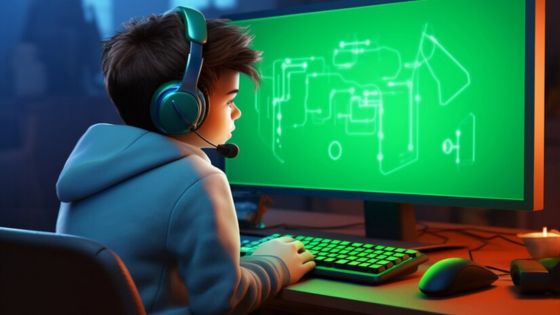Drawing the human body is a complex and often intimidating task for many aspiring artists. However, with the right techniques and practice, anyone can learn to draw realistic and expressive figures. This article will provide a comprehensive guide on how to draw body, covering everything from understanding human anatomy to mastering drawing tools.
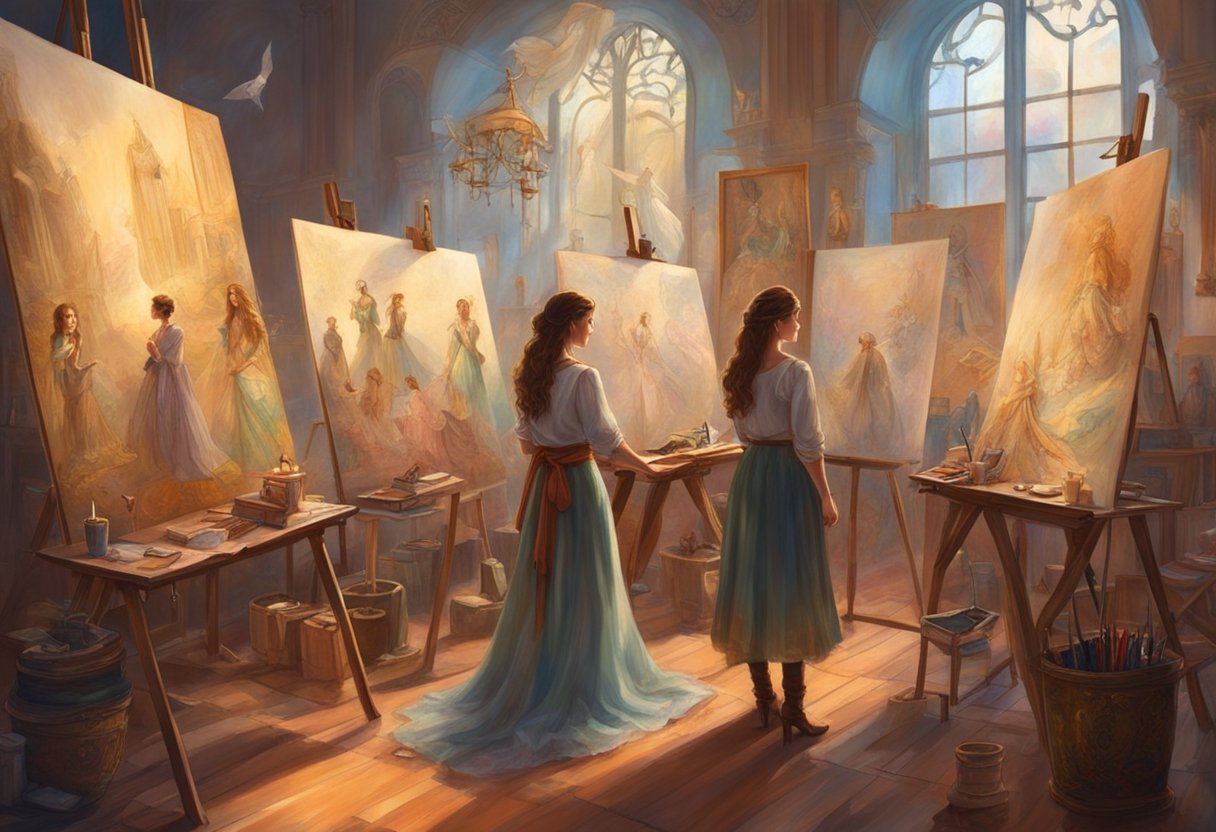
Firstly, understanding human anatomy is crucial for drawing the body accurately. This includes knowledge of the skeletal structure, muscles, and proportions of different body parts. It’s important to study reference materials and observe real-life models to develop a strong understanding of human anatomy.
Once the fundamentals of human anatomy are understood, artists can begin to focus on the specifics of drawing individual body parts. This includes techniques for drawing hands, feet, faces, and other features. Additionally, artists can explore different styles and techniques for creating realistic or stylized figures. With practice and dedication, anyone can improve their body drawing skills and create stunning works of art.
Key Takeaways
- Understanding human anatomy is essential for accurate body drawing.
- Practicing individual body parts and exploring different styles can improve body drawing skills.
- Consistent practice and dedication are key to mastering body drawing techniques.
Understanding Human Anatomy
Proportions and Structure
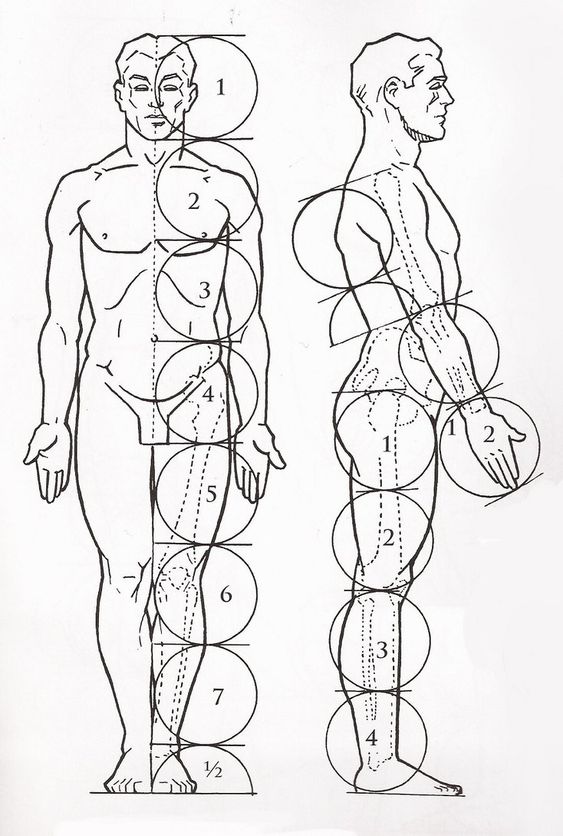
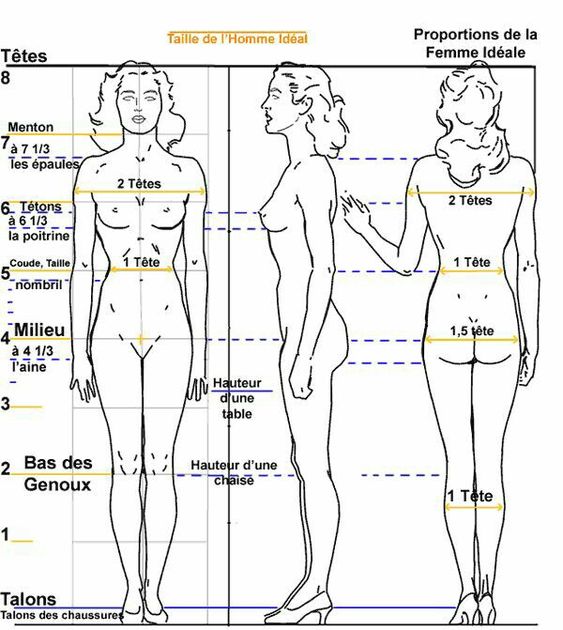
When drawing the human body, it is important to understand the basic proportions and structure of the body. The human body is made up of various parts, including the head, torso, arms, and legs.
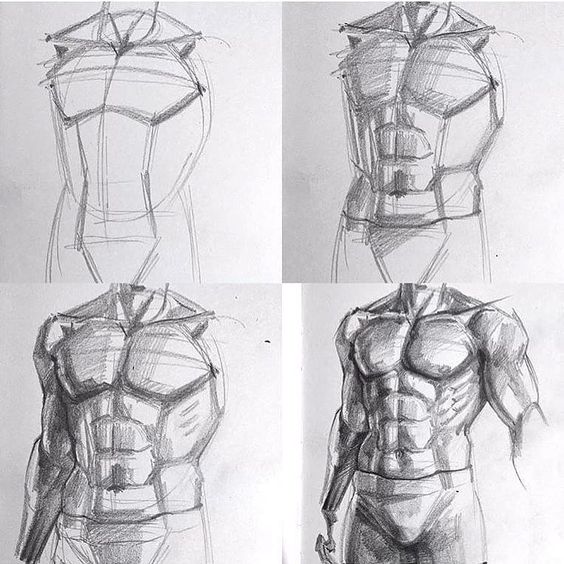
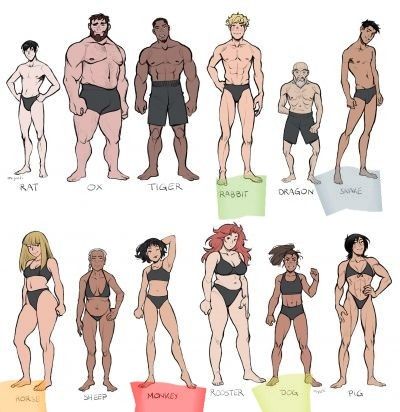
The head is roughly one-seventh the height of the body, while the torso is roughly two-sevenths of the height. The arms and legs are roughly three-sevenths of the height, with the upper arm being roughly the same length as the head and the forearm being roughly the same length as the torso.
Muscle and Bone Structure
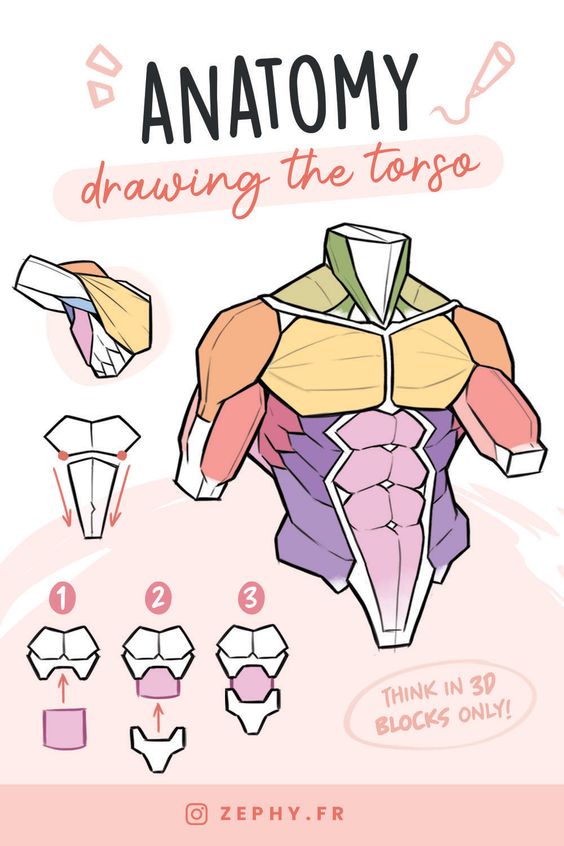
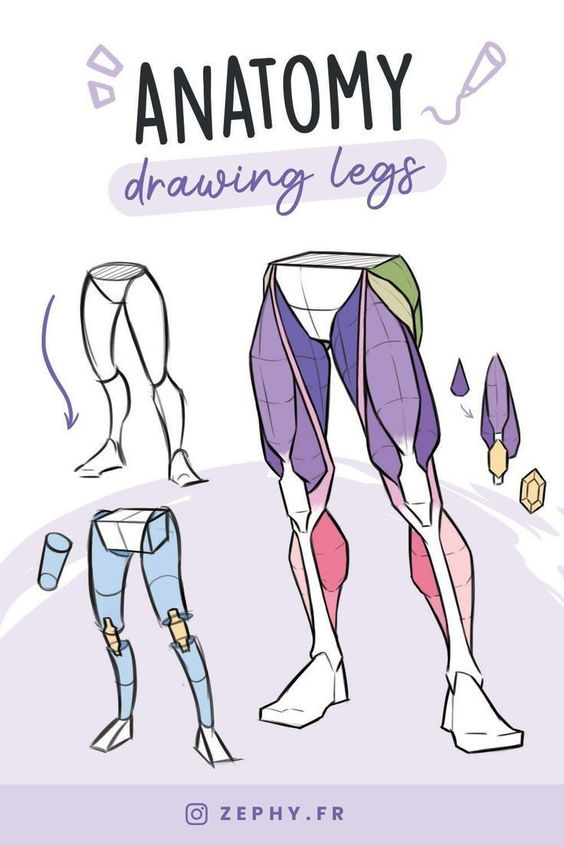
Understanding the muscle and bone structure of the body is also important when drawing the human form. The spine, rib cage, and pelvis are the main bones of the body, and they provide the structure and support for the rest of the body. The muscles of the body are responsible for movement and are attached to the bones by tendons. It is important to understand the basic muscle groups, such as the biceps, triceps, and quadriceps, when drawing the human form.
Differences in Male and Female Bodies
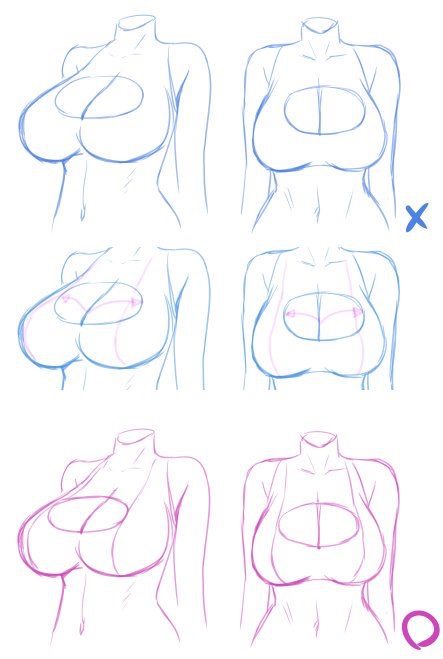
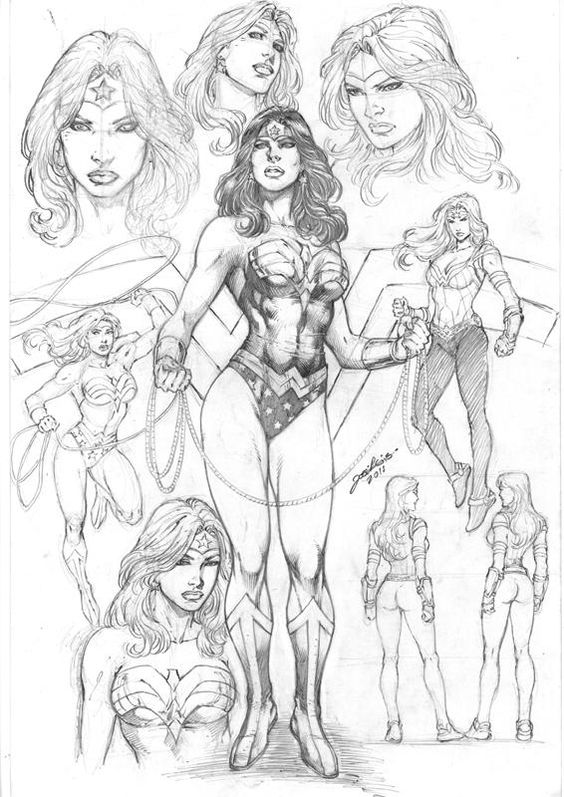
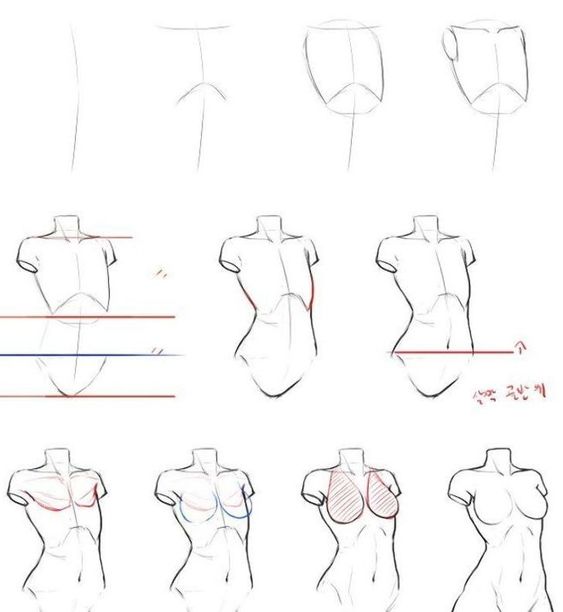
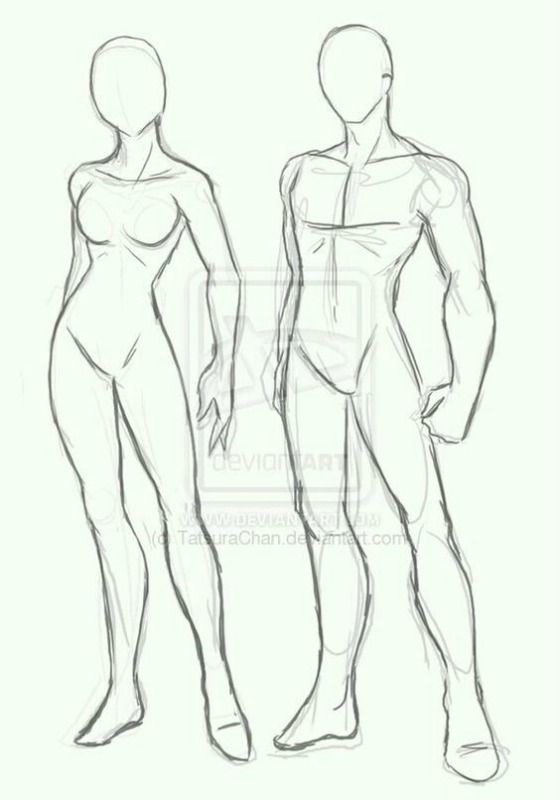
While the basic proportions and structure of the human body are the same for both males and females, there are some differences in the way the body is shaped. For example, males tend to have broader shoulders and narrower hips, while females tend to have wider hips and narrower shoulders. Additionally, the muscle structure of males and females can differ, with males typically having more muscle mass than females.
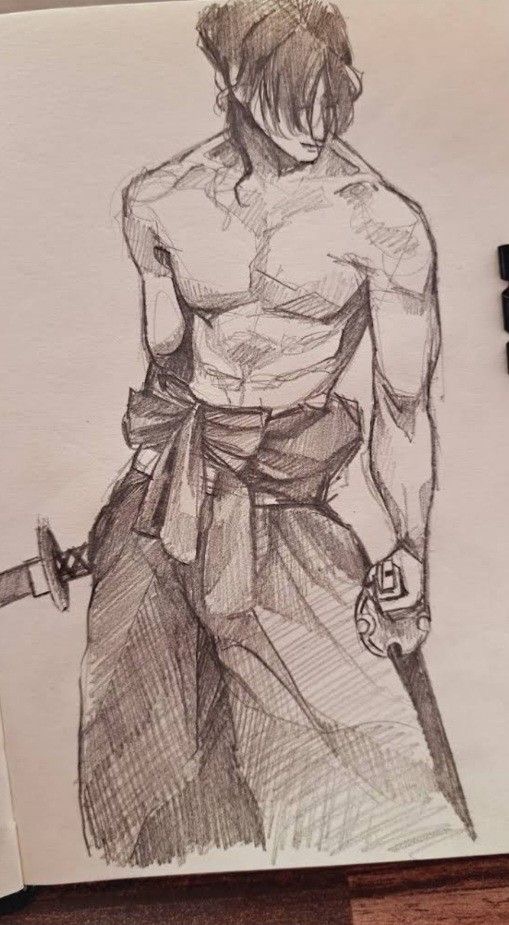
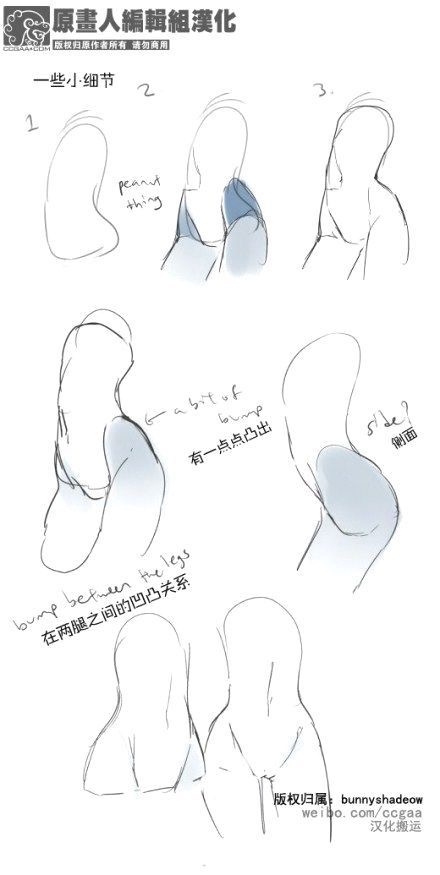
Overall, understanding the anatomy of the human body is crucial when drawing an anatomically correct figure. By understanding the proportions, bone structure, and muscle structure of the body, artists can create more realistic and accurate drawings.
Fundamentals of Drawing the Body
Starting with Basic Shapes
Before diving into drawing the body, it’s important to start with basic shapes. The body can be broken down into simple geometric shapes such as circles, ovals, and rectangles. Using these shapes as a foundation can help establish the overall proportions of the body.
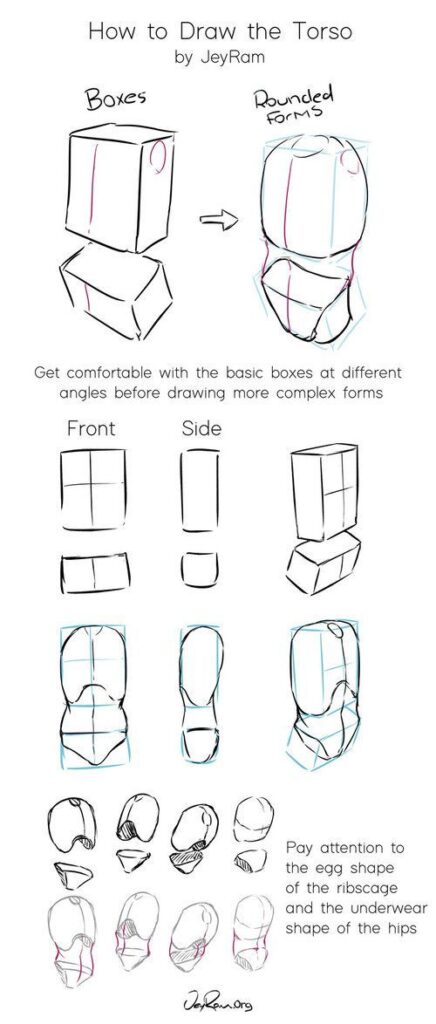
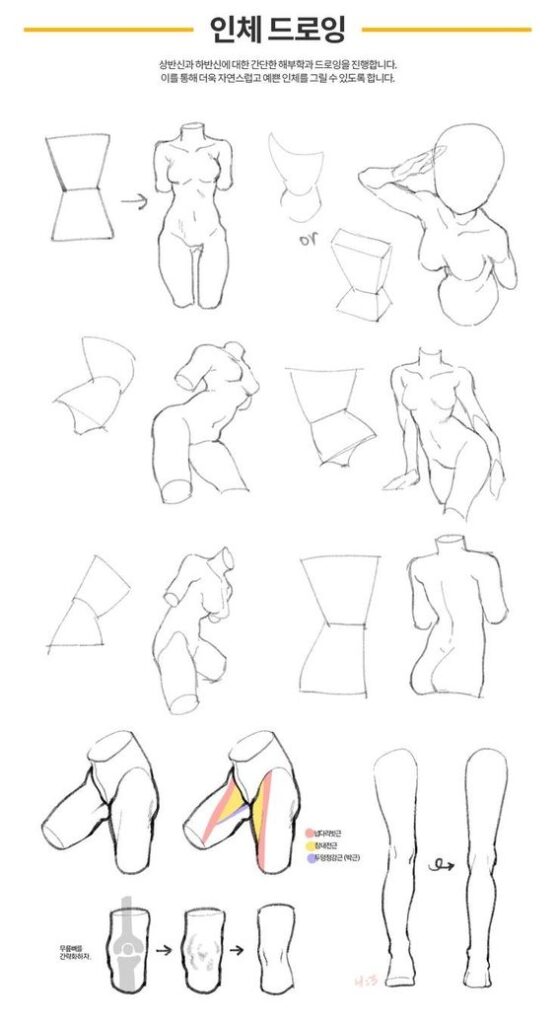
Begin by sketching the shape of the head, which is typically an oval. From there, add a circle for the torso and rectangular shapes for the arms and legs. These basic shapes can be adjusted and refined as the drawing progresses.
Adding Volume and Depth
Once the basic shapes have been established, it’s time to add volume and depth to the body. This can be achieved by adding shading and highlights to create the illusion of three-dimensional form.
Start by identifying the light source in the drawing and adding shadows to the opposite side of the body. Use crosshatching or stippling to create the illusion of texture and depth. Add highlights to the areas of the body that would catch the most light, such as the tip of the nose or the top of the cheekbones.
Defining the Body’s Silhouette
The silhouette of the body is an important element in drawing. It’s the outline that defines the overall shape of the body and can convey a lot about the posture and movement of the figure.
To define the silhouette, start by sketching the basic shape of the body using light lines. Then, go back and refine the outline, making sure to capture the curves and angles of the body. Pay close attention to the proportions of the body, making sure that the head, torso, and limbs are in the correct relationship to one another.
By mastering these fundamentals of drawing the body, artists can create realistic and dynamic figures that capture the essence of the human form.
Drawing Individual Body Parts
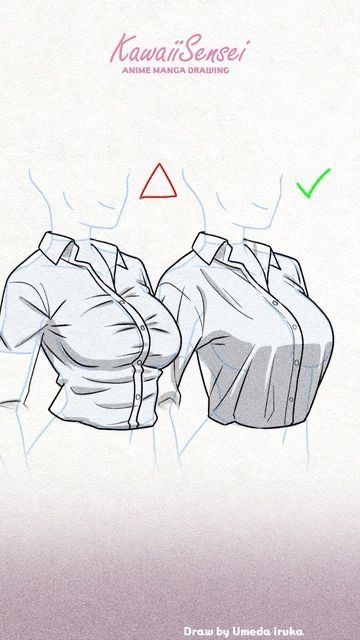
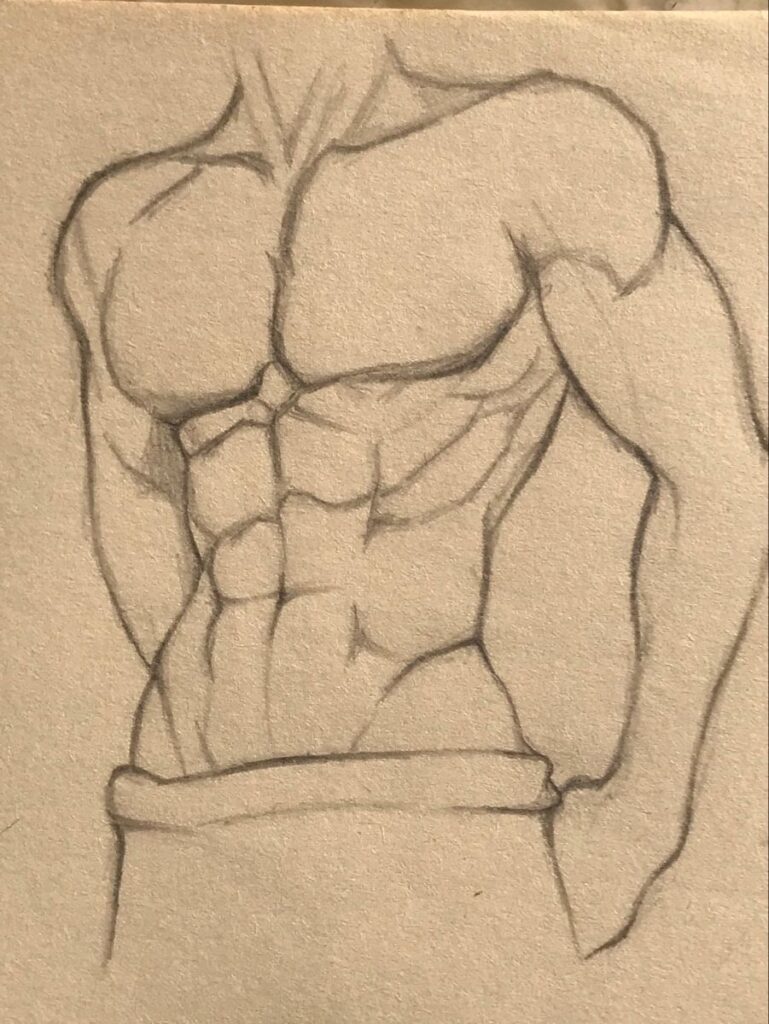
The Torso and Limbs
When drawing the torso and limbs, it’s important to first understand the underlying bone and muscle structure. The torso is made up of the spine, ribcage, and pelvis, while the arms and legs consist of the humerus, radius, ulna, femur, tibia, and fibula bones. Once you have a grasp of the basic structure, you can begin adding flesh and clothing to your drawing.
When drawing the torso, pay attention to the placement of the ribcage and the curve of the spine. The arms and legs should be drawn to scale with the torso, and the joints should be placed accurately. Remember that the limbs should taper slightly towards the ends, and that the hands and feet should be in proportion to the rest of the body.
Hands, Feet, and Joints
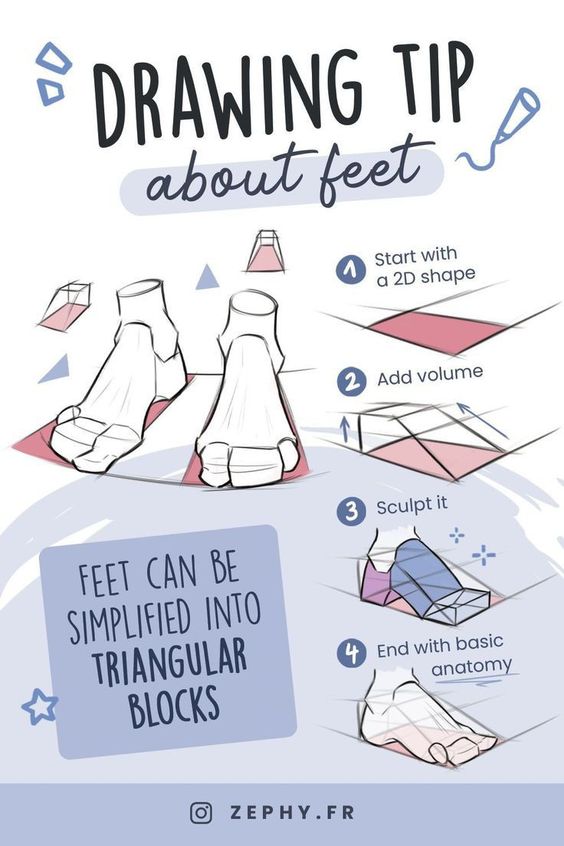
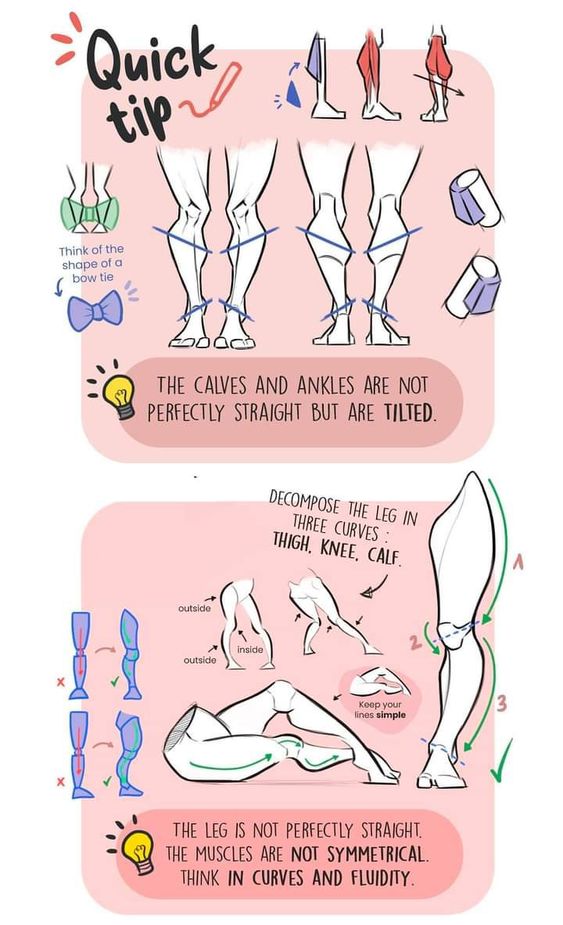
Drawing hands and feet can be challenging, but with practice, you can master these body parts. Start by drawing the basic shape of the hand or foot, and then add the fingers or toes. Pay attention to the placement of the joints and the way the fingers and toes bend. When drawing joints, make sure to show the movement of the joint by adding creases and folds in the skin.
Facial Features and Hair
When drawing facial features, start with the basic shape of the head and then add the eyes, nose, ears, and lips. Pay attention to the proportions of the face, and make sure that the features are in balance. When drawing hair, consider the texture and length, and add shading to create depth and dimension.
Remember that drawing body parts takes practice, so don’t be discouraged if your first attempts aren’t perfect. Keep practicing and refining your technique, and soon you’ll be able to draw realistic, lifelike figures.
Techniques for Realism and Style
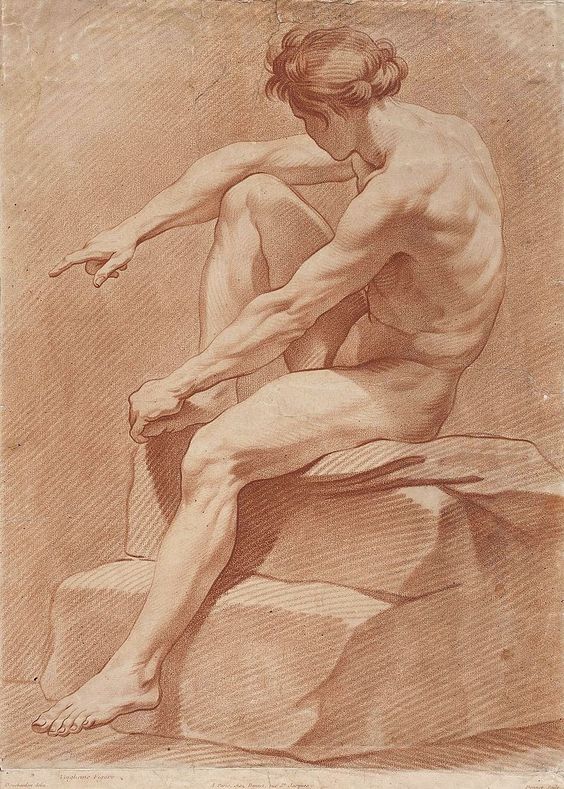

Shading and Texture
Shading and texture are essential elements in creating realistic body drawings. Shading adds depth and dimension to the drawing, while texture adds realism and tactile quality. One technique for shading is to use cross-hatching, which involves drawing intersecting lines to create shadows and highlights. Another technique is to use a blending tool, such as a tortillon or blending stump, to smooth out the shading and create a more realistic look.
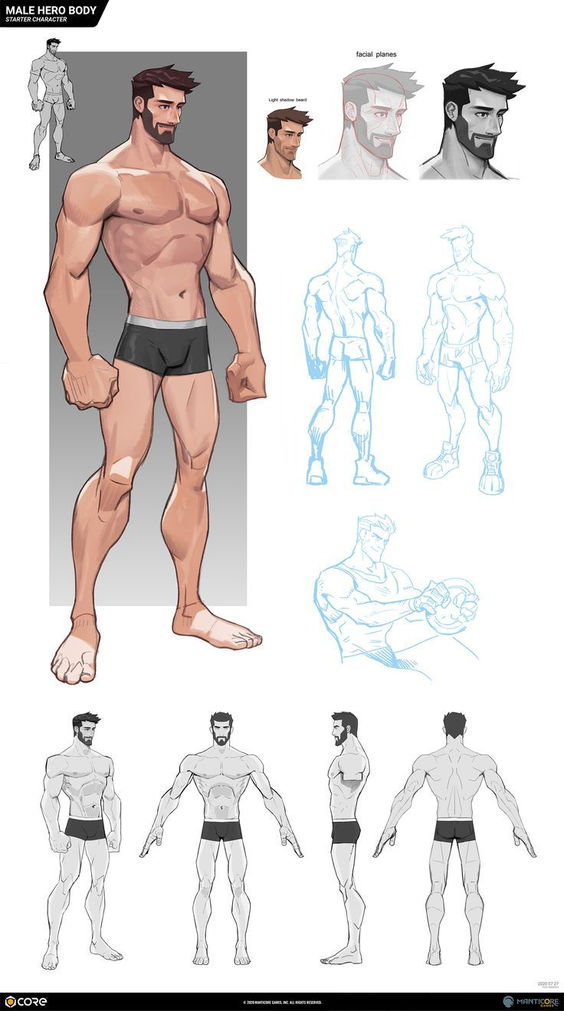
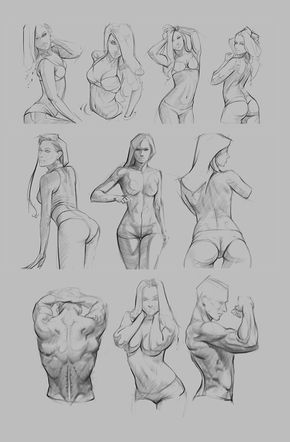
Texture can be added to the drawing by using different pencil strokes, such as hatching, stippling, or scribbling. These strokes create different textures, such as rough, smooth, or grainy. It is important to observe the texture of the subject being drawn and replicate it in the drawing.
Gesture Drawing and Flow
Gesture drawing is a technique used to capture the movement and flow of the body. It involves quickly sketching the basic shapes and lines of the body to create a sense of movement and energy. This technique is useful for creating dynamic poses and action scenes.
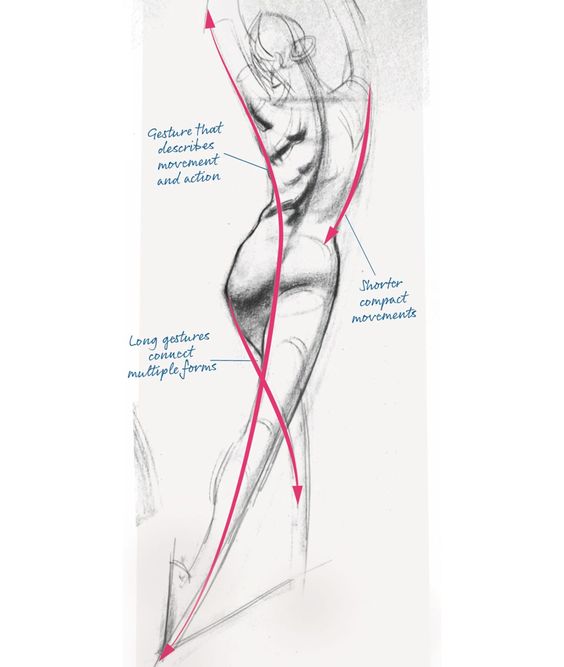
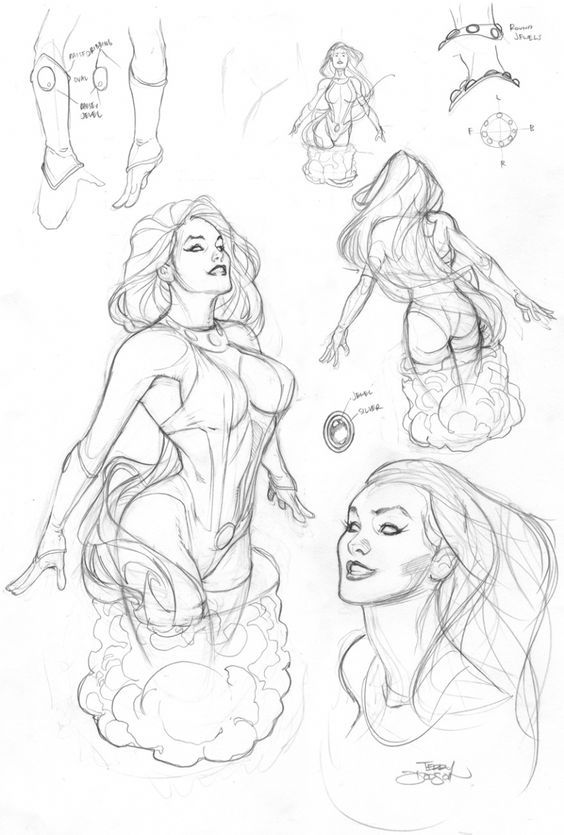
Flow is the visual movement of the body, which can be created through the use of curved lines and fluid shapes. It is important to observe the natural flow of the body and replicate it in the drawing.
Clothing and Wrinkles
Clothing and wrinkles are important elements in creating realistic body drawings. Clothing should be drawn to fit the body, with attention paid to the folds and draping. Wrinkles should be drawn realistically, with attention paid to the direction and depth of the lines.
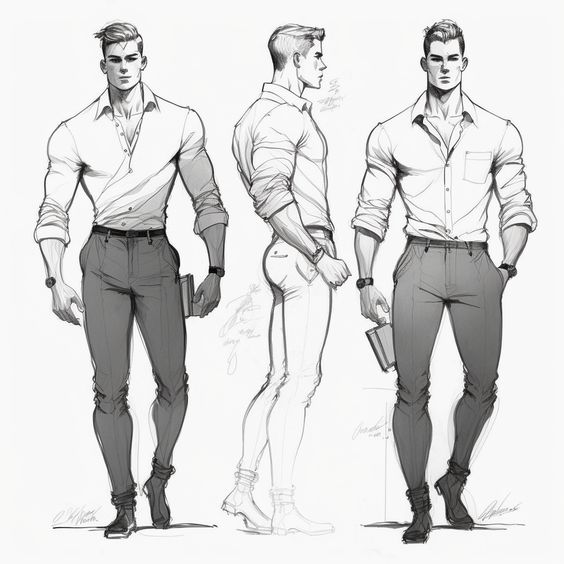
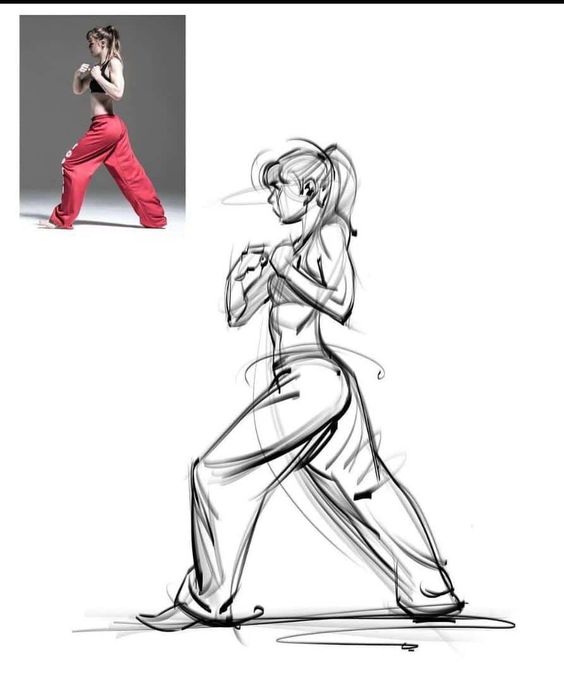
One technique for drawing wrinkles is to observe the subject’s clothing and replicate the wrinkles in the drawing. It is important to remember that wrinkles are not random lines, but rather lines that follow the natural movement of the body.
Overall, these techniques can be used to create realistic and stylistic body drawings. By paying attention to shading, texture, gesture drawing, flow, clothing, and wrinkles, artists can create drawings that accurately capture the human form.
Mastering Drawing Tools
Choosing the Right Pencils and Paper
When it comes to drawing, choosing the right pencils and paper is crucial. Pencils come in different grades and each grade has a different level of hardness or softness. Harder pencils (H) are best for lighter lines and details, while softer pencils (B) are better for shading and darker lines.
The type of paper used also plays a vital role in drawing. A rougher paper texture is ideal for creating texture in drawings, while smoother paper is better for detailed work. It is recommended to use acid-free paper to prevent yellowing or deterioration over time.
Using Erasers and Sketchbooks
Erasers are an essential tool for any artist. A kneaded eraser is great for lifting graphite and charcoal, while a plastic eraser is better for removing ink or colored pencil marks. Erasers should be used gently to avoid damaging the paper.
A sketchbook is a great tool for practicing and refining drawing skills. It allows artists to experiment with different techniques and materials without the pressure of producing a final piece. A sketchbook should be chosen based on personal preference and the type of media used.
Overall, mastering drawing tools takes time and practice. By choosing the right pencils and paper, using erasers effectively, and utilizing sketchbooks, artists can improve their skills and create stunning works of art.
Practice and Improvement Strategies

Regular Drawing Exercises
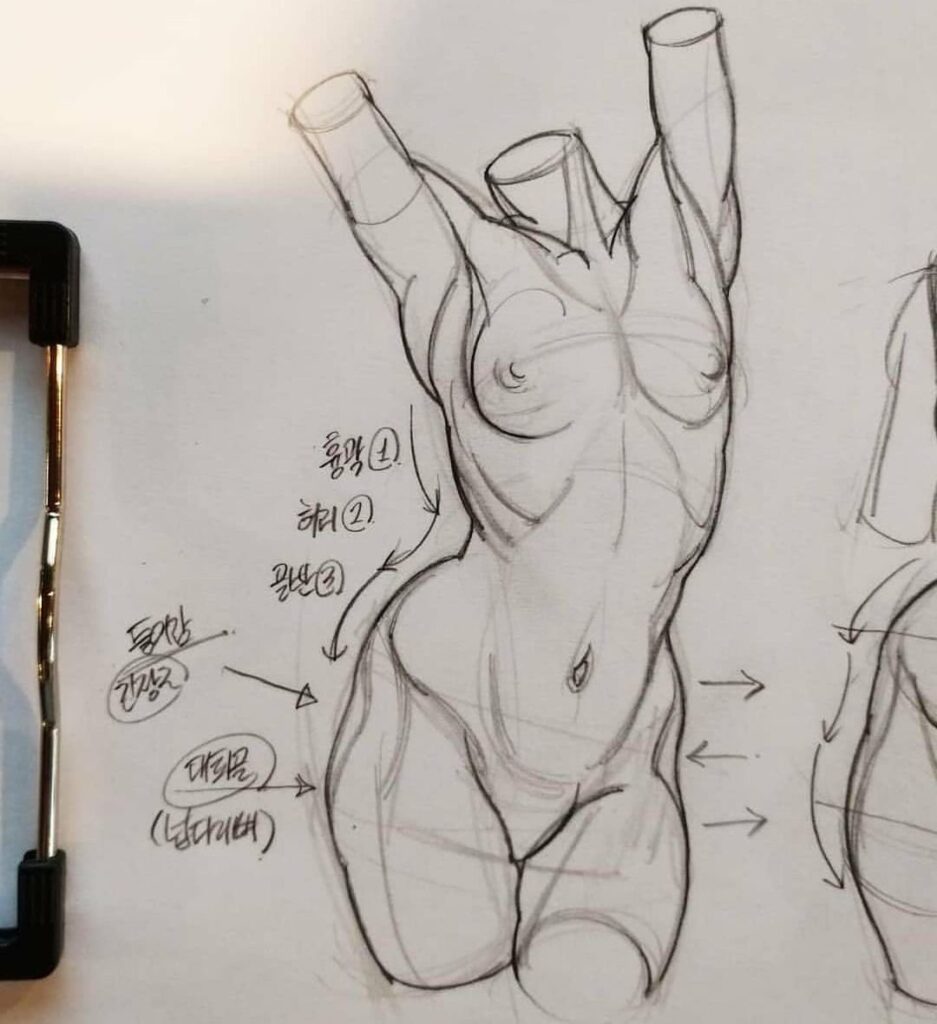
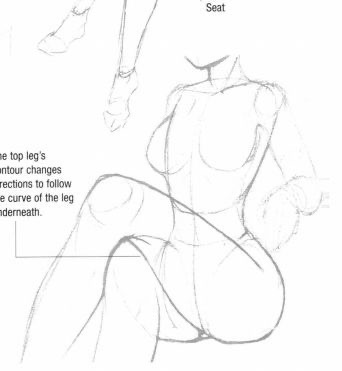
To improve one’s drawing skills, it is important to practice regularly. Consistent practice helps to develop muscle memory and improve hand-eye coordination. Drawing exercises such as sketching from life, gesture drawing, and drawing from imagination can help to improve one’s skills. It is also important to challenge oneself by trying new techniques and subjects.
Learning from Tutorials and References
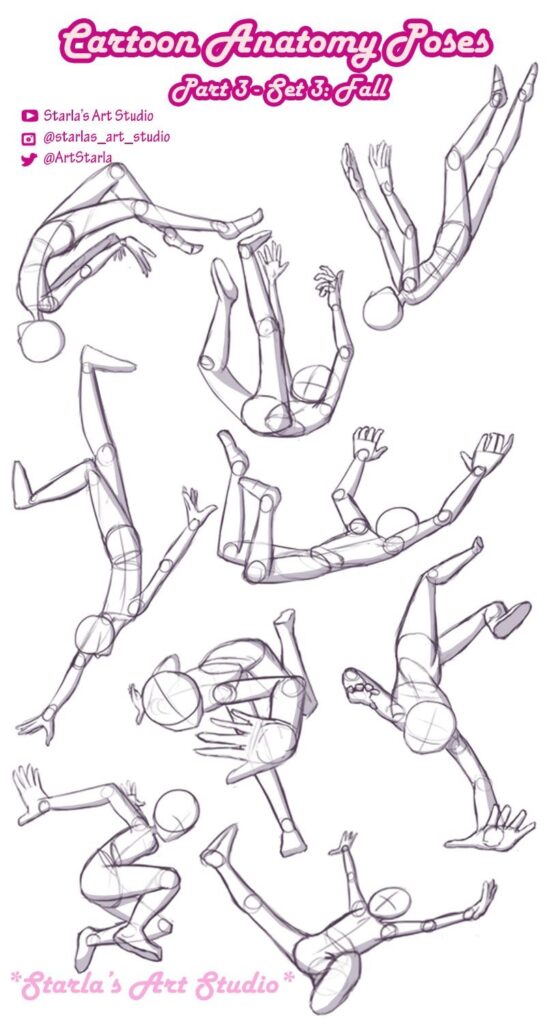
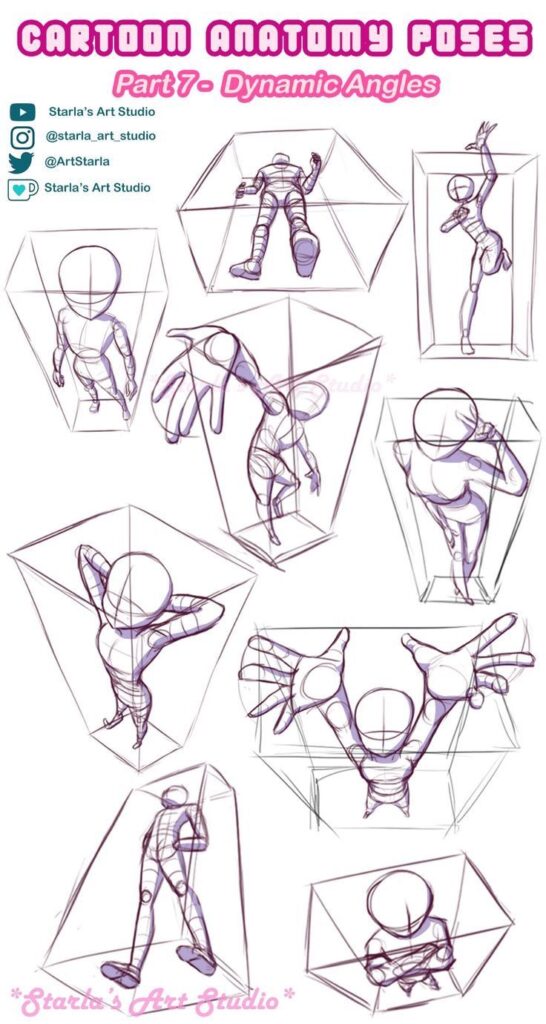
Learning from tutorials and references can be a great way to improve one’s drawing skills. Tutorials can provide step-by-step instructions on how to draw specific subjects or techniques, while references can provide visual aids to help with accuracy and detail. It is important to use reputable sources and to not rely solely on tutorials and references, but rather to use them as a supplement to regular practice.
Observation and Patience
Observation is key to improving one’s drawing skills. By observing the world around them, an artist can learn about form, shape, and proportion. It is important to take the time to observe and study subjects before attempting to draw them. Patience is also important, as drawing requires time and effort to improve. It is important to not get discouraged and to keep practicing and learning.
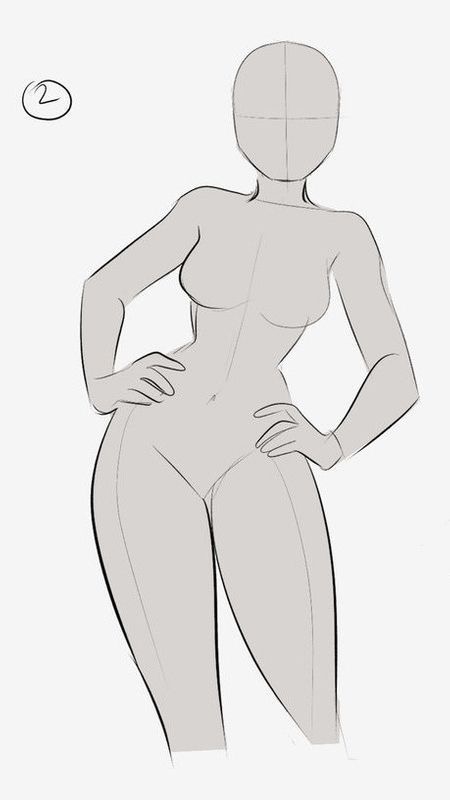
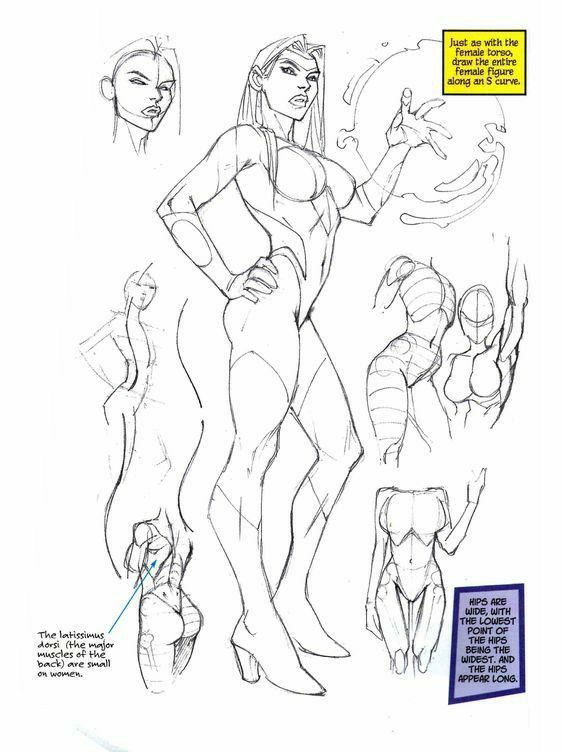
In summary, to improve one’s drawing skills, it is important to practice regularly, learn from tutorials and references, and observe the world around them. With patience and dedication, anyone can improve their drawing skills.
Exploring Different Drawing Styles

Character Design and Body Language
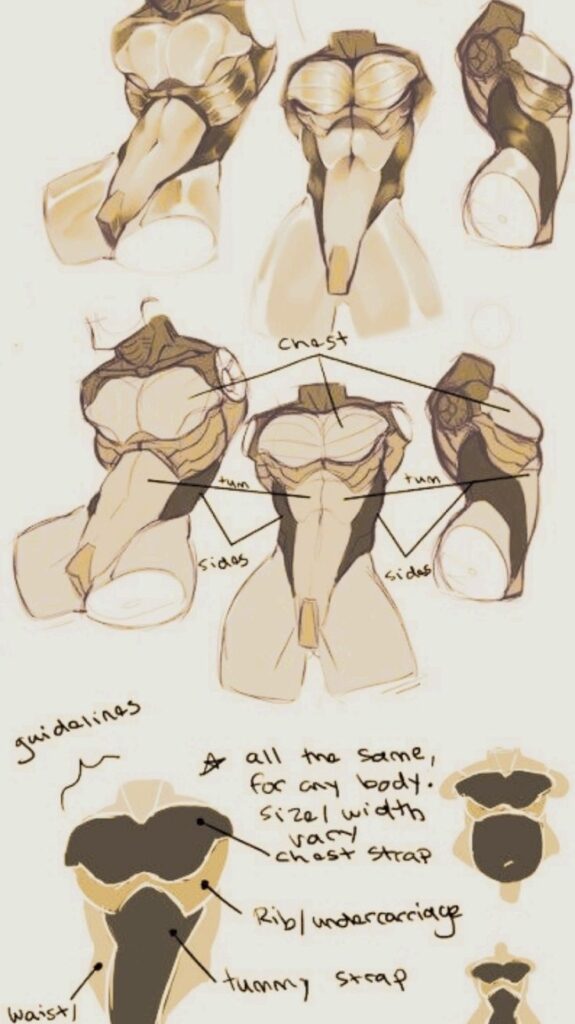
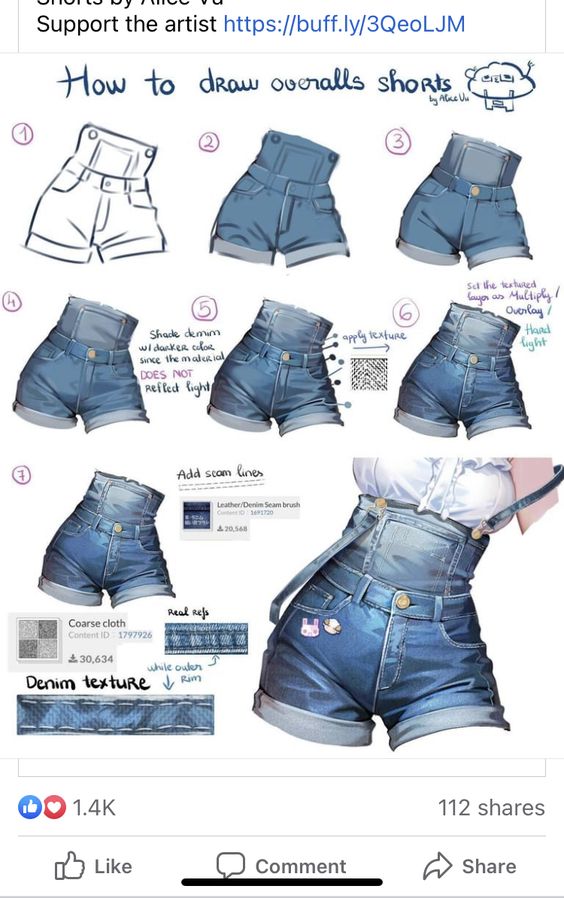
When it comes to character design and body language, artists have a wide range of styles to choose from. Some prefer a more realistic approach, while others opt for a more exaggerated or cartoonish style. Regardless of the style, body language is an important aspect of character design, as it can convey emotions and personality traits.
One popular style for character design is the “chibi” style, which features small and cute characters with oversized heads and expressive faces. This style often emphasizes body language, with characters posing in dynamic and playful ways to convey a sense of energy and excitement.
Portrait Drawing and Anime Characters
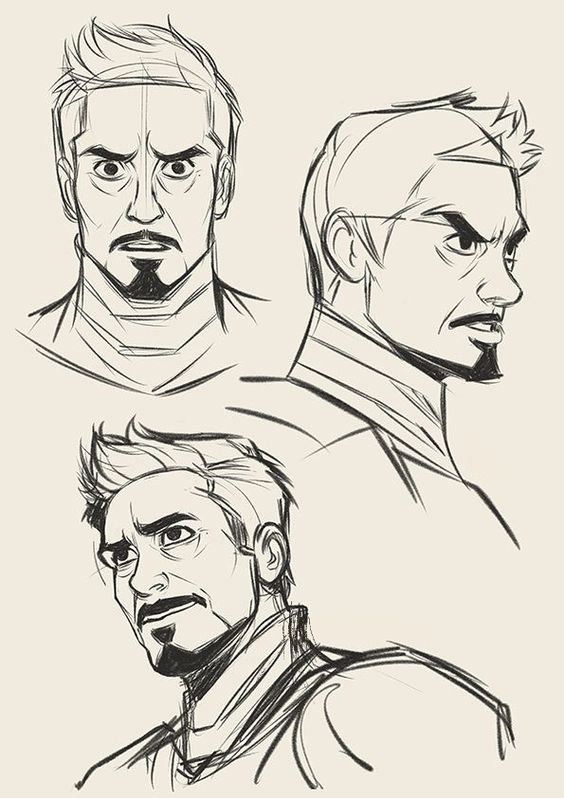
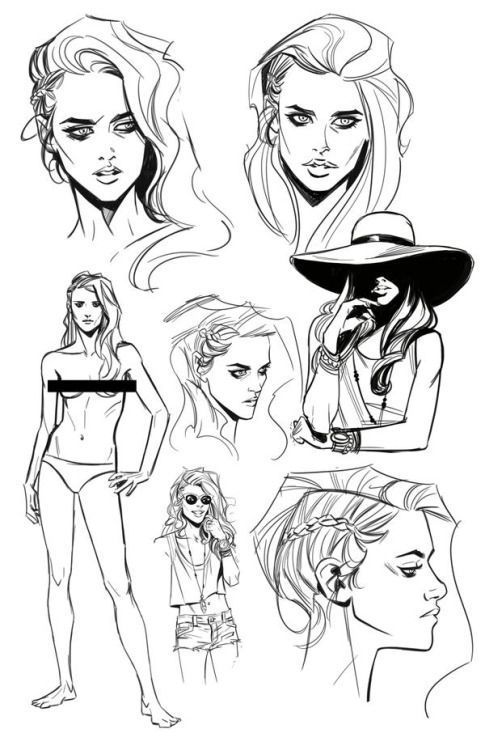
Portrait drawing is another area where artists can explore different styles. Realistic portrait drawing aims to capture the likeness of a subject, while stylized portrait drawing can range from simple and minimalist to highly detailed and ornate.
In the realm of anime, artists often use a distinct style that features large eyes, small noses, and simplified facial features. This style can be seen in popular anime series like Naruto and Attack on Titan, and is often used to convey a sense of emotion and vulnerability in characters.
Historical Styles and Renaissance Influence
Finally, historical styles and Renaissance influence can be seen in many different types of art, including body drawing. Artists can draw inspiration from classic art movements like the Renaissance, Baroque, and Rococo, and incorporate these styles into their own work.

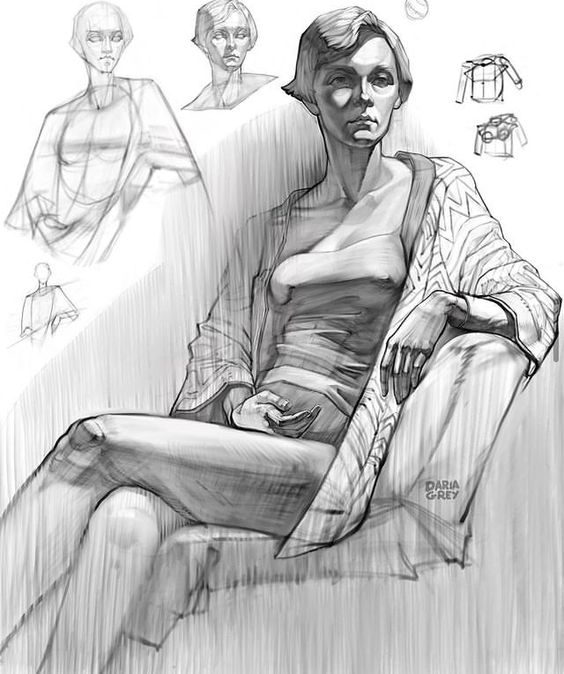
For example, Renaissance artists often used a technique called “chiaroscuro” to create a sense of depth and dimension in their drawings. This technique involves using light and shadow to create contrast and highlight different areas of the body.
Overall, exploring different drawing styles can be a fun and rewarding experience for artists of all skill levels. By experimenting with different techniques and styles, artists can develop their own unique voice and create truly original works of art.
Advanced Concepts in Body Drawing

Anatomy Drawing and Painting

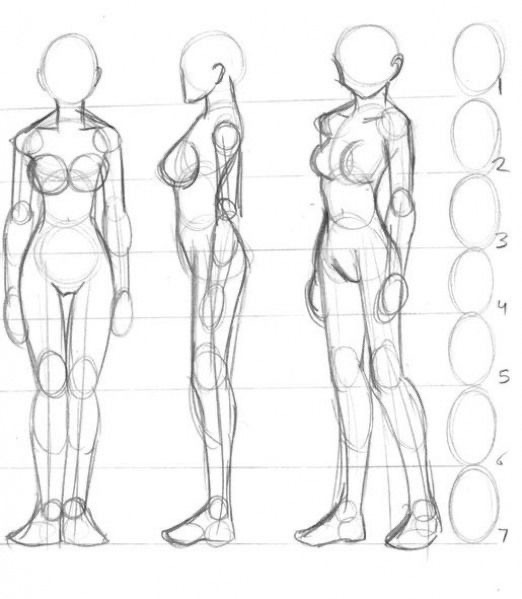
To take body drawing to the next level, understanding anatomy is crucial. Anatomical drawings and paintings require knowledge of the structure and function of the human body. This includes the skeletal system, muscles, and organs. By studying and practicing anatomy drawing, an artist can create more realistic and accurate depictions of the human body.
Creating Anatomical Drawings
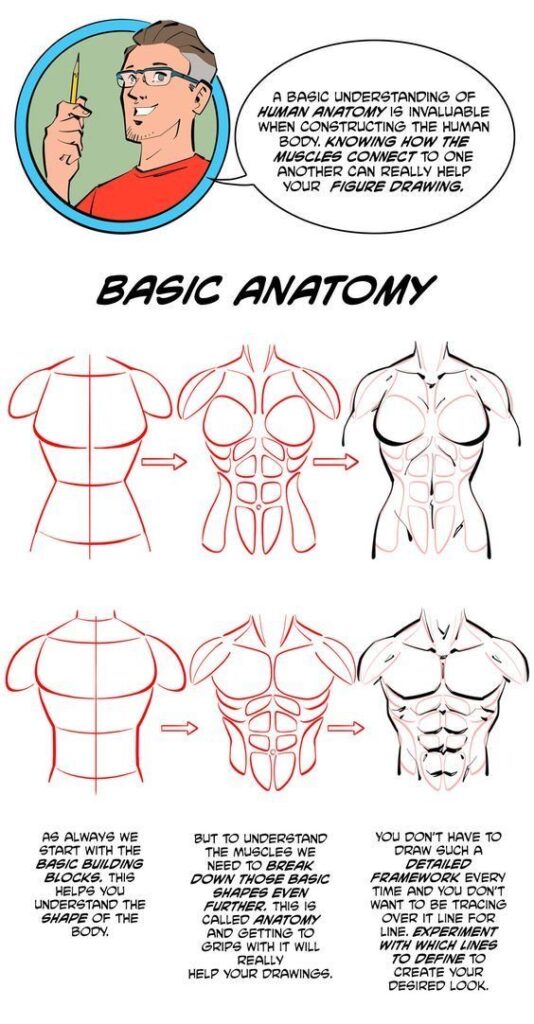
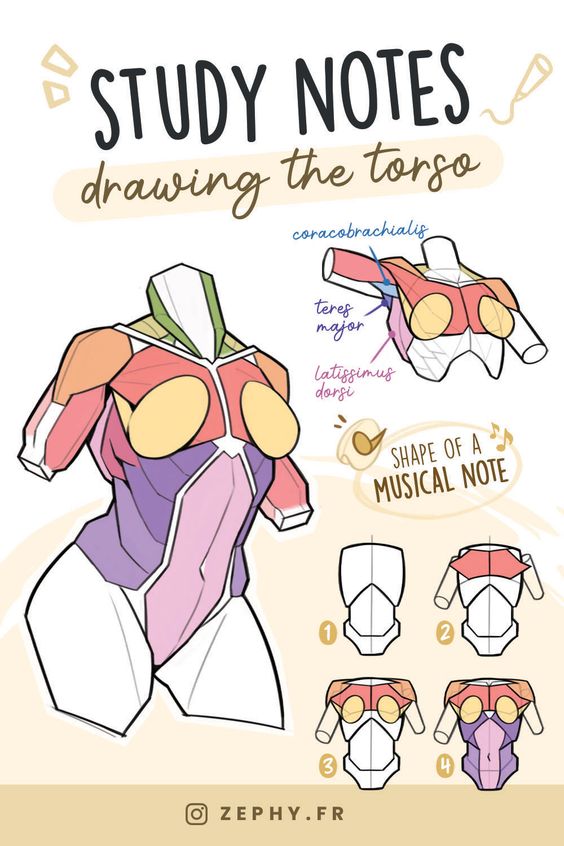
When creating anatomical drawings, it is important to pay attention to detail and accuracy. This includes understanding the proportions of the body and the placement of muscles and bones. Using reference materials such as anatomy books or photographs can help in creating accurate anatomical drawings. It is also important to use shading and highlighting techniques to create depth and dimension in the drawing.
Composition and Perspective
Composition and perspective are important aspects of body drawing. It is important to consider the placement of the body within the frame of the drawing. This includes understanding the rule of thirds and using negative space to create balance and interest. Perspective is also crucial in creating a realistic and accurate drawing. Using a 3/4 view can add depth and dimension to the drawing, making it more visually appealing.
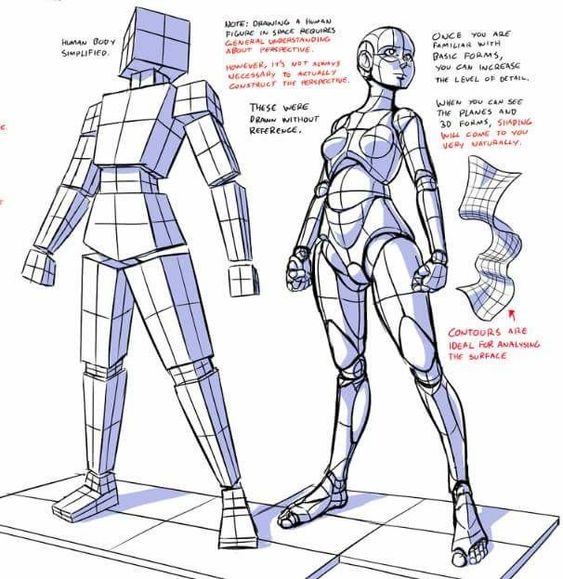
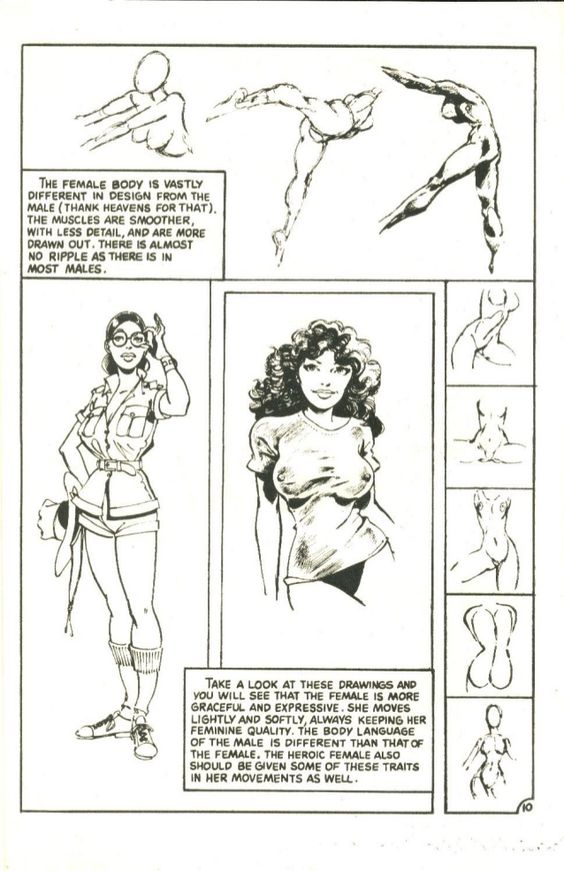
By incorporating these advanced concepts into body drawing, an artist can create more realistic and accurate depictions of the human body. Understanding anatomy, creating anatomical drawings, and considering composition and perspective can take body drawing to the next level.
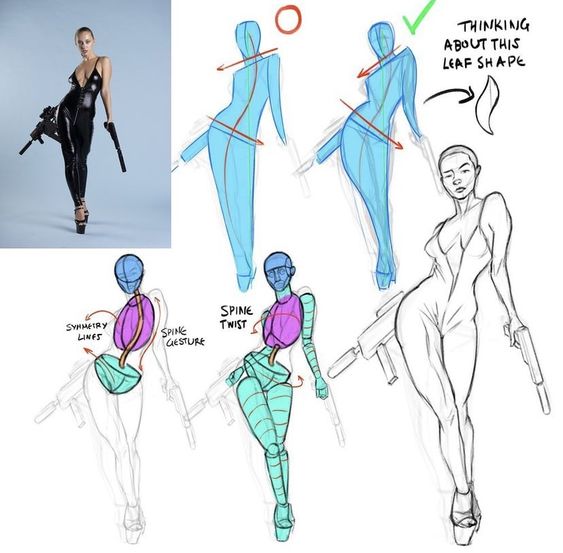
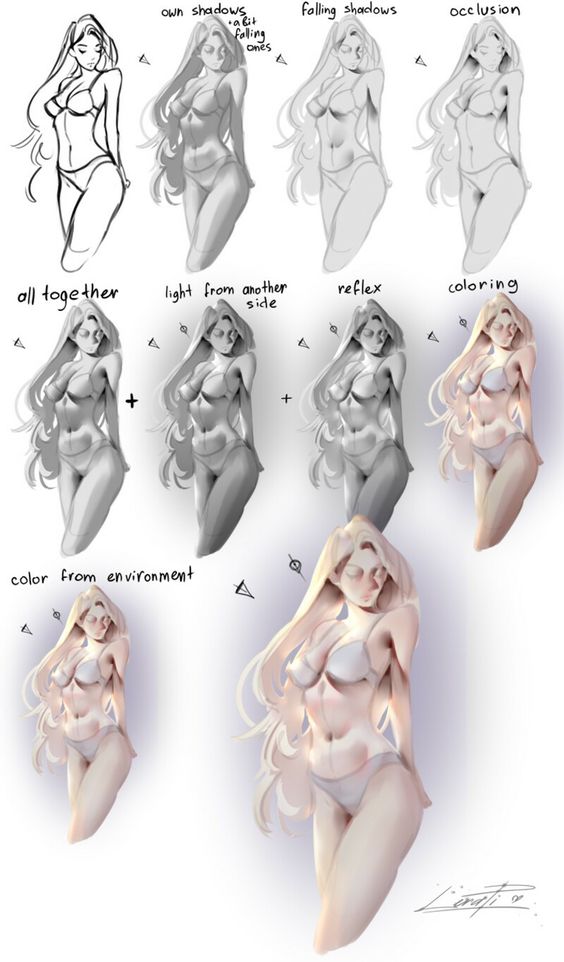
Frequently Asked Questions
What are the steps to sketch a female figure?
To sketch a female figure, start by drawing the basic shapes of the body, such as the head, torso, hips, and legs. Then, add details such as the arms, hands, feet, and facial features. It’s important to pay attention to proportions and balance to create a realistic-looking figure.
Can you outline the process for drawing a male physique?
To draw a male physique, begin by sketching the basic shapes of the body, including the head, torso, hips, and legs. Then, add details such as the arms, hands, feet, and facial features. It’s important to pay attention to the differences in proportions between a male and female figure, such as broader shoulders and a narrower waist.
What techniques can beginners use to learn body drawing?
Beginners can start by practicing basic shapes and proportions, such as drawing circles and ovals for the head and torso. It’s also helpful to study anatomy and observe real-life models or photographs to understand how the body moves and functions. Practice, patience, and perseverance are key to improving body drawing skills.
How can I improve my skills in drawing human anatomy?
Improving skills in drawing human anatomy requires studying anatomy and understanding the structure of the body. Observing real-life models or photographs can also help to develop an eye for detail and accuracy. Consistent practice and experimentation with different techniques can also improve skills over time.
What are some tips for drawing realistic body proportions?
To draw realistic body proportions, pay attention to the size and placement of body parts in relation to each other. Use basic shapes and measurements to ensure proper proportions. It’s also helpful to study anatomy and observe real-life models or photographs to understand how the body moves and functions.
How can I draw dynamic body poses effectively?
Drawing dynamic body poses requires understanding the movement and balance of the body. Start by sketching the basic shapes of the body and then add details such as the arms, legs, and facial expression. It’s important to pay attention to the weight distribution and balance of the figure to create a believable pose. Studying anatomy and observing real-life models or photographs can also help to improve skills in drawing dynamic poses.
- 48.7Kshares
- Facebook0
- Pinterest48.7K
- Twitter0


